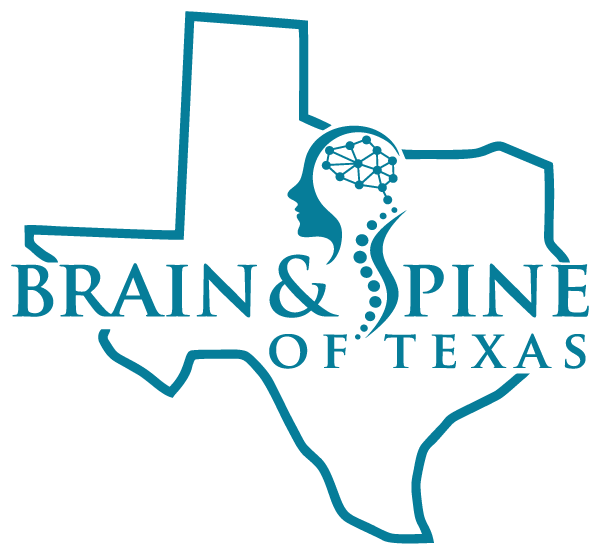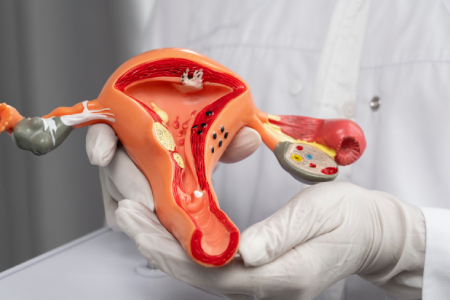Posterior Cervical Fusion
Stabilizing the Spine and Relieving Nerve Compression
A posterior cervical fusion is a surgical procedure performed to stabilize the cervical spine, reduce pain, and prevent further spinal deterioration. This procedure is typically recommended for patients suffering from spinal instability, fractures, degenerative conditions, or deformities in the cervical (neck) region. At the Brain and Spine Center of Texas, our expert neurosurgeons use advanced techniques to fuse the affected vertebrae from the back of the neck, providing lasting spinal support and improved function.
What Is Posterior Cervical Fusion?
Posterior cervical fusion is performed to address:
- Cervical fractures or trauma – Stabilizing broken or displaced vertebrae.
- Degenerative disc disease – Reducing motion between damaged discs to alleviate pain.
- Spinal deformities – Correcting abnormal curvature or misalignment.
- Cervical instability – Caused by arthritis, infections, tumors, or congenital conditions.
- Failed previous cervical surgeries – When additional stability is needed after a prior procedure.
By fusing the affected vertebrae using bone grafts and instrumentation, this surgery prevents excessive movement, reducing pain and improving neck stability.
The Posterior Cervical Fusion Procedure: What to Expect
This surgery is performed under general anesthesia and typically involves the following steps:
- Incision & Exposure – A small incision is made along the back of the neck, and muscles are carefully moved aside to expose the affected vertebrae.
- Bone Preparation – The surgeon prepares the bones by removing any damaged tissue and smoothing the area for fusion.
- Bone Graft & Hardware Placement – A bone graft (from the patient or donor) or a synthetic substitute is placed between the vertebrae.
- Titanium rods, screws, and plates may be used to secure the fusion and promote proper alignment.
- Closure & Recovery – The muscles and skin are carefully sutured back into place, and the patient is taken to recovery for monitoring.
The procedure typically takes 2 to 4 hours, depending on the complexity of the case, and may require a short hospital stay for post-operative observation.
Recovery & Post-Surgical Care
After surgery, patients can expect:
- Pain Management – Medications to help manage post-surgical discomfort.
- Cervical Collar or Brace – Some patients may need to wear a neck brace to support healing.
- Physical Therapy – A structured rehabilitation plan to improve strength and mobility.
- Limited Activities – Patients should avoid heavy lifting, excessive neck movement, and strenuous activities during the healing period.
- Follow-Up Appointments – Regular check-ups to ensure proper fusion and spinal alignment.
Complete recovery may take several months, but many patients experience significant pain relief and improved stability within weeks.
Why Choose the Brain and Spine Center of Texas?
- Expert Neurosurgeons & Spine Specialists – Skilled in advanced spinal fusion techniques.
- Comprehensive Patient Care – From diagnosis through rehabilitation, we provide expert guidance.
- Cutting-Edge Surgical Methods – Utilizing the latest technology for optimal outcomes.
- Personalized Treatment Plans – Tailored solutions based on each patient’s condition and lifestyle.
Schedule a consultation
If you are struggling with chronic neck pain, instability, or nerve-related symptoms, our team at the Brain and Spine Center of Texas is here to help.

